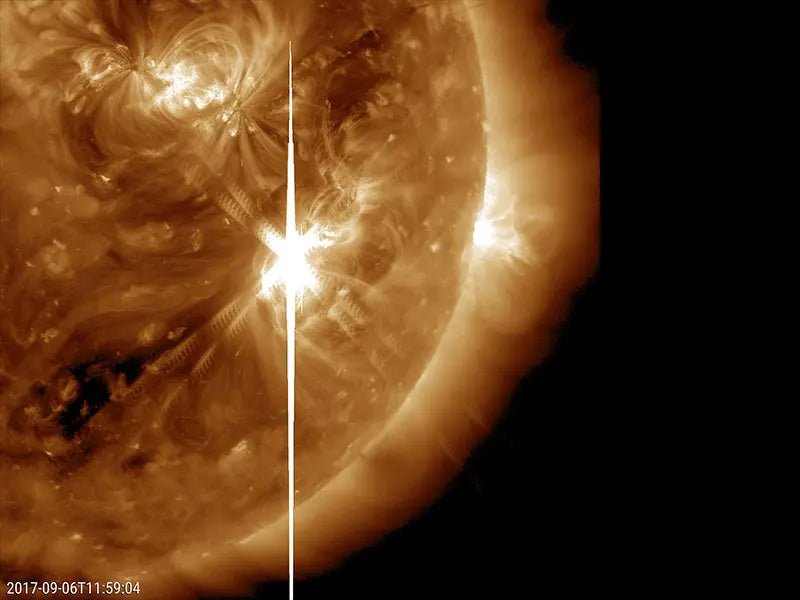A Glimpse Into Recent Discoveries
The Sun, that life-giving star at the center of our solar system, has been a subject of fascination and study for millennia. However, the more we learn about this celestial powerhouse, the more questions seem to arise. Recent discoveries have only intensified this sense of wonder, offering new perspectives on solar behavior, mechanisms, and its influence on Earth.
Solar Tsunamis: Beyond Earthly Phenomena
One of the most intriguing findings relates to the occurrence of solar tsunamis—massive waves of plasma and magnetic fields racing across the Sun's surface. Recent observations using advanced solar telescopes have shown that these phenomena can travel at speeds of up to 250 km/s, significantly reshaping our understanding of solar dynamics. What was initially thought to be solar flares acting independently are now considered to be a part of larger, more complex mechanisms involving these solar tsunamis. The discovery has implications for understanding space weather, particularly how these tsunamis could influence solar wind and geomagnetic storms that affect Earth.
Magnetic 'Ropes' and Solar Flares
Understanding the nature of solar flares is crucial because these intense bursts of energy can have a dramatic impact on Earth's magnetic field and technological systems. A groundbreaking study has identified "magnetic ropes," helical structures of magnetic field lines that twist and snap, releasing enormous amounts of energy. This new insight could be vital for predicting when and where solar flares might occur, offering a potential path for better space weather forecasts.
The Sun's Core: A Surprising Revelation
The Sun's core has long been considered a somewhat static region where nuclear fusion takes place. However, recent discoveries have shattered this notion, revealing fluctuations in the core's rotation and temperature. Advanced computational models and observational data from solar neutrinos indicate that these fluctuations may lead to periods of increased or decreased solar activity. These revelations could have significant implications for climate science, as the Sun's behavior directly affects Earth's climate system.
Connecting the Dots with Earth's Climate
Previously, the relationship between solar activity and Earth's climate was understood in rather simplistic terms: higher solar activity was associated with warmer temperatures, and vice versa. However, the complexity of solar phenomena, such as the newly discovered core fluctuations and magnetic mechanisms, suggests that the relationship is not so linear. Research teams across the globe are now delving deeper into how these solar activities may influence long-term climate patterns on Earth.
Data from Parker Solar Probe
NASA's Parker Solar Probe has been a treasure trove of information, providing unprecedented close-up views of the Sun. The spacecraft has sent back vital data about the Sun's magnetic field, solar wind, and even samples of solar particles. These findings are not only revolutionary for solar physics but also for our understanding of stars in general.
Future Prospects
The next frontier of solar exploration is already in sight, with planned missions like the European Space Agency's Solar Orbiter and other cutting-edge telescopes that will offer even more precise data. As we gear up for these future endeavors, it is clear that our relationship with the Sun is entering a new phase—one in which the mysteries we unravel can have profound implications for life on Earth and our understanding of the universe at large.
In summary, recent discoveries about the Sun have reshaped our understanding in ways that are both exhilarating and humbling. From the identification of solar tsunamis and magnetic ropes to revelations about the core's fluctuations, we are continually challenged to reassess and expand our knowledge. And as we look toward the future, it's evident that the Sun still has plenty of secrets left to unveil.



Share:
Solar System Curiosities
The Solar Lifecycle